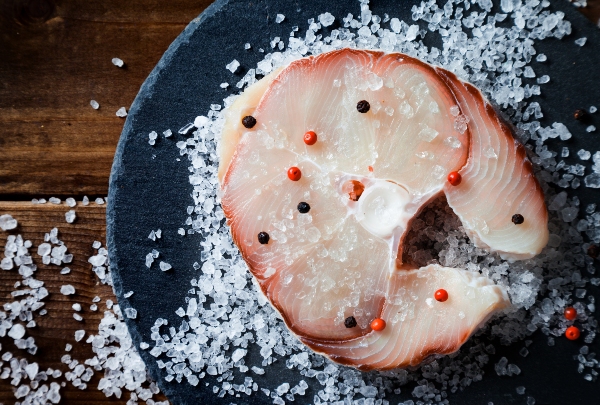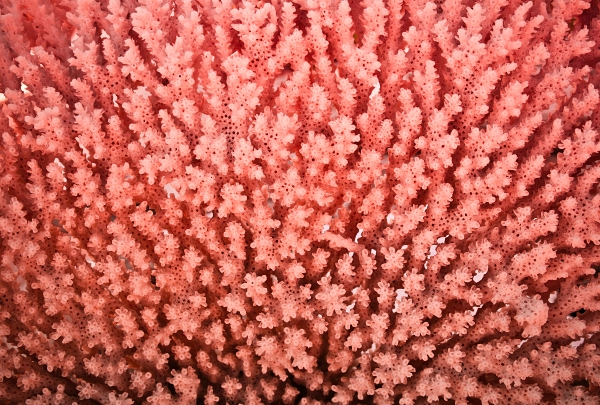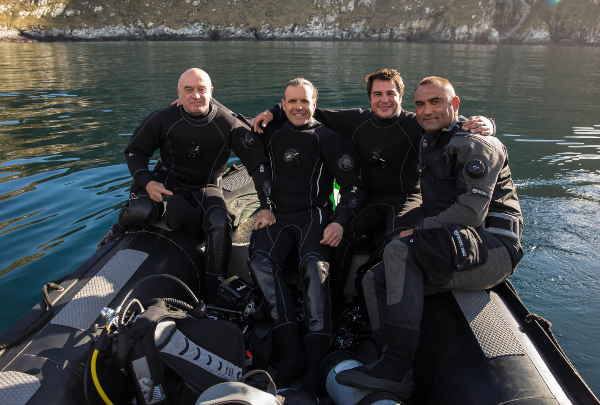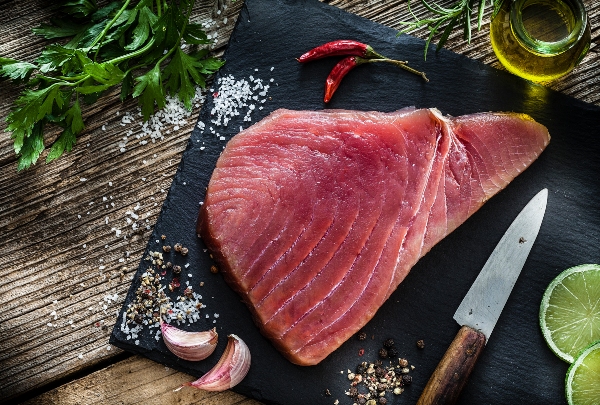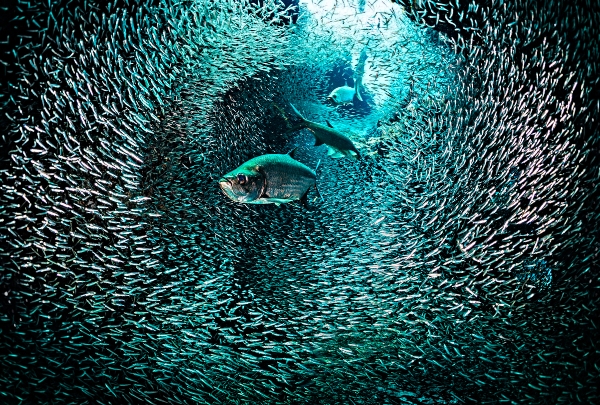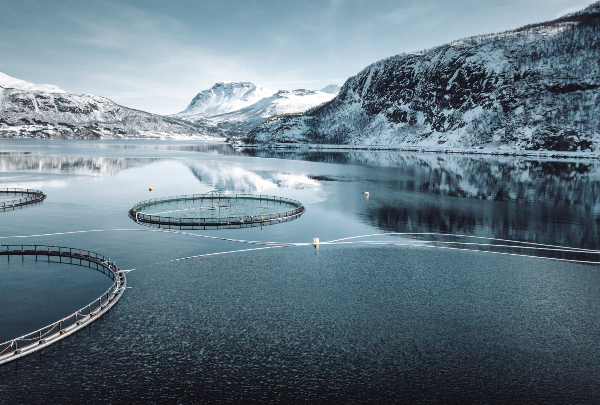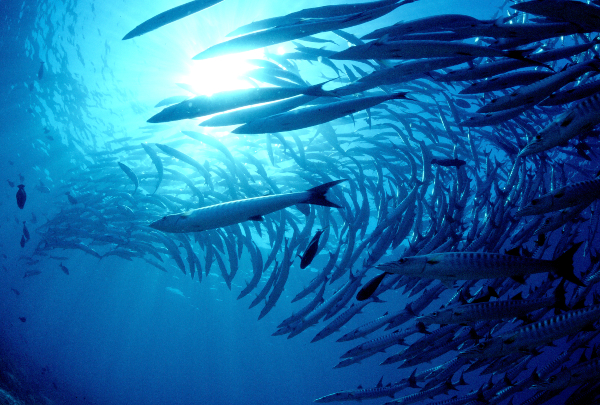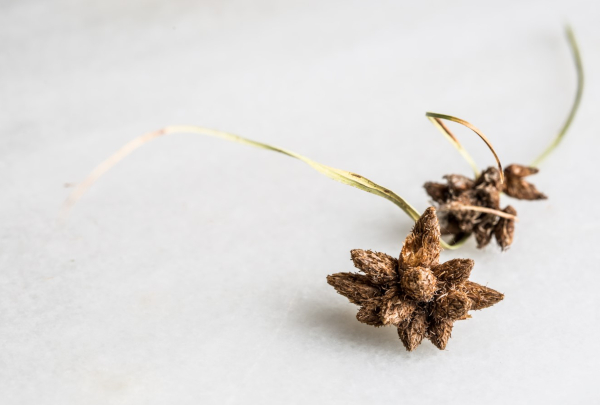News
Geir Skeie: “Salmon has allowed us to change the fast food business”
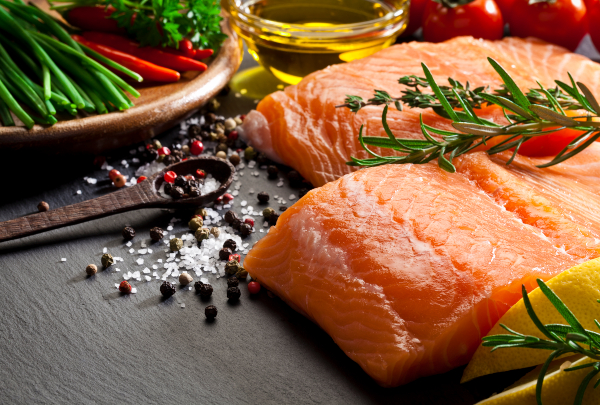
Geir Skeie, and his Pink Fish business project – a chain of establishments that “serve good food quickly”, as he likes to define it – was one of Meeting of the Seas’ protagonists. Online from Norway, Geir told the audience about his project and his plans for the future.
People’s fast-paced day-to-day lives means that what they value most nowadays is food that takes up as little time as possible before they get back to their working day.
This is how Geir Skeie, head chef and co-founder of Pink Fish, came up with the idea of a chain of restaurants that offer healthy food – centred on fish, salmon specifically – prepared on the spot and served quickly -- ultimately, a healthy version of the fast food concept.
Xavier Agulló, food journalist, was in charge of doing the session’s honours and introducing “Geir [who] won the Bocuse d’Or Europe one year and World the next. I would also dare add that the restaurant concept he has created has been a true revolution”.
Geir outlined the reasons that led him to dream up “a new way of understanding food in a hurry”, and he explained that he looked to his immediate surroundings – i.e. Norway – to find an ingredient that met his requirements – healthy, available, easy to find anywhere in the world, quick to cook, and sustainable. Unsurprisingly, that ingredient was salmon.
All the food served at Pink Fish is made on the spot and according to customers’ wishes, with an extra goal in mind, which is to eliminate waste. “We use everything”, Skeie says. In addition to being mindful of food waste, sustainability is also applied to the containers. “There are no plastics, everything is compostable, and made from sugar cane and starch”. The issue of plastics is important. “When we began to see it in the oceans, we thought about how we could help and we began using compostable or recyclable containers”.
To set up the chain of restaurants, he joined forces with several partners with experience in different industries. Not too long into the project, they realised that they needed someone who was familiar with the Starbucks or McDonald’s business model and that’s how they put their team together. Nothing is left to chance at Pink Fish.
The initiative has been so well received – they started up in 2017 – that they soon opened more branches, not only in Norway but also further afield. “We wanted to change the market in the fast food business. And we wanted to develop a model that we would be able to roll out internationally. We wanted to make our way into places with a wide audience. The plan was to grow abroad, above all in Asia, and North America, in places where the economy is doing well”. One of the first branches to open outside Norwegian borders was in Singapore.
The idea behind Pink Fish is, Geir emphasizes, for people to eat more fish. “Our point of reference was sushi, but we wanted to go beyond that, to show fish under a different light. We’d like the younger generations to eat more fish and enjoy it more because although they say they like it, they view it as inaccessible. We are targeting millennials and generation Z”. “We also think it’s a good idea for people to get their food at home, that way they can replace chicken with salmon. It’s a good thing for everyone – for them, for us and for the planet”, he adds.
Sushi and casual food based business models have also served as inspiration.
In order to ensure the business’s success, the partners also did their due diligence –assessing quality, quality consistency, product availability in terms of amounts and location, preparation method, and business chain analysis. Another aspect they closely looked into was digitalisation and brand image. "Customers want brands to be transparent and genuine." He continues, "they are concerned about the world we live in and how we will leave it. You have to be an authentic brand. We can't tell the world that we do this or that, and then fail them, because customers pay close attention to that. If you don't use plastic, don't use it, because that’s what customers will notice".
As far as cost is concerned, Skeie has no doubt that "salmon is competitively priced and on par with beef burgers". In addition, it is perfectly traceable – from "the roe to the plankton, it’s virtually unique". Another factor is taste. "Salmon works very well with all flavours, where there's chicken you can certainly put salmon", the chef notes. He also explains that wherever Pink Fish goes it adapts to local flavours, styles and tastes.
Other relevant issues are sustainability and nutrition, "fish has the best animal protein. And very little water is used to produce it. If we feed salmon 1kg of food it will it grow by 1kg, unlike cattle. You can’t compare beef with fish. Chicken is a little closer to salmon, but you have to give it twice as much feed, and water consumption is higher too”. According to Geir, the issue of water is becoming increasingly important, "it takes less water to raise a salmon than other animals". Another factor they have incorporated is waste: "Scraps are fundamental. Sometimes you send whole salmons, and the head, bones or skin aren’t used, so we send the precise ingredient needed. We take fresh salmon, make it into burgers the exact size we want and then we freeze them at the right temperature to preserve consistency and quality. Once they’re made, we send them by container and the environmental impact is reduced”.
In the future, Pink Fish plans to work with other species such as seaweed. "We have also started with mussels and coastal fish but we have to make sure that everything is sustainable and certified".
